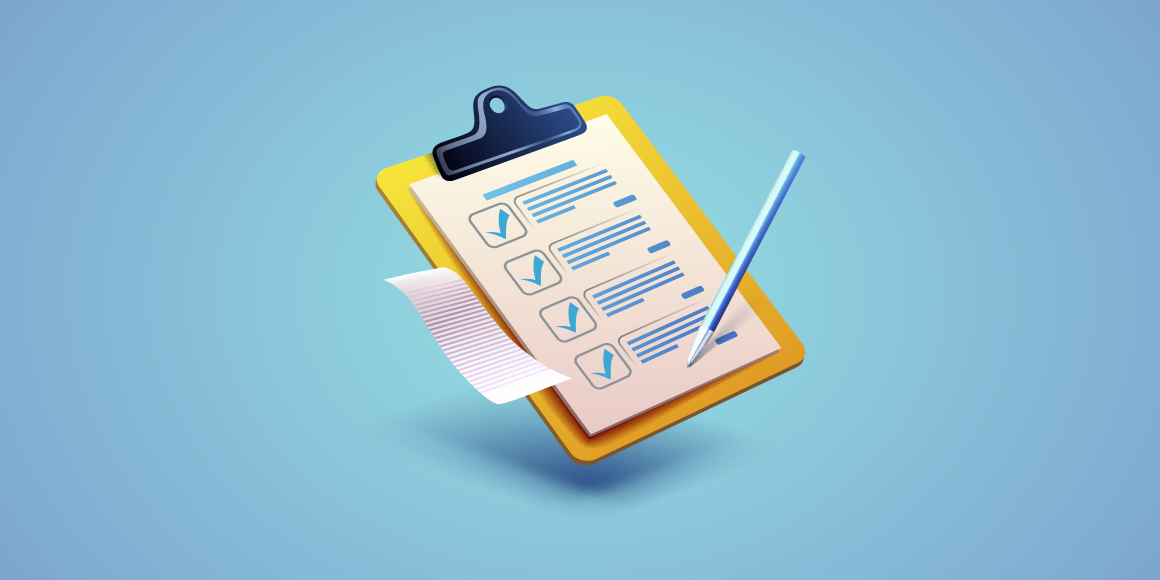- HOME
- More
- Operations
- The 4 C checklist for creating winning SLAs
The 4 C checklist for creating winning SLAs
- Last Updated : July 19, 2024
- 152 Views
- 4 Min Read

Service level agreements (SLAs) are core to B2B customer service, and to a small extent, in a B2C setup as well. They define the scope of the service(s) offered, metrics and service levels to adhere to, exclusions (if any), and remedial measures if the SLA isn't met.
As legal contracts, SLAs favor clients more, and why wouldn't they? There's a significant amount of money involved in B2B deals, and in most cases, the end-customers are heavily dependent on these services for their day-to-day activities. In that way, there's a lot riding on them. However, this doesn't mean that the stakeholders on the service provider's side have to meet unreasonable expectations in the name of SLAs.
To ensure that SLAs provide a win-win outcome for you and your clients, we recommend that you use the 4 C checklist, which is what this whole article is about.
That 4 C sounds like "foresee" is a sweet coincidence, but it's a fitting one for sure. Being able to foresee the bottlenecks that can occur during service delivery is a great asset when it comes to drafting SLAs.
Now let's look at what these four Cs are.
1. Complexity
B2B services generally involve a wide range of operations and stakeholders from multiple teams and functions. This by itself means that the issues your customers raise will also vary in complexity. That's why this is the first C in the checklist. The more complex an issue is, the more time it needs for resolution, and in some cases, more members from different teams.
So first, list out the most common types of issues that occur, categorize them based on their complexity, and set the time for resolution, respectively. Have in place a separate time estimate with more buffer and appropriate escalation measures for any new issue that might occur.
2. Capability
This is the second C that you need to tick off in your checklist. The size of your teams and the experience of each team member play a huge role in the quality of and time taken for service delivery. Make sure to factor these in and consult stakeholders from all of the functions involved to ensure that the expectations are fair and reasonable and that you don't over-promise and under-deliver.
Additionally, consulting your stakeholders directly and using their estimates increases accountability at their end. Unless and until there's a drastic change—like a sudden spike in attrition or an increase in the scope of service—the onus of adhering to the standards that they helped set lies on them. And if a drastic change occurs, you can always go back to your clients and ask for a revision to the SLAs. While it's expected that you will review and revise your SLAs periodically, it's also understandable that exceptional situations warrant emergency revisions.
3. Communication
The next C in the checklist is communication. When it comes to customer support, response SLAs are as vital as resolution SLAs. You need to acknowledge to your customer that their issue is noted and that you're working on it. The fact that there are multiple channels for your customers to seek support compounds the problem further. No matter which channel they choose, you need to acknowledge their request and provide them reassurance.
Similarly, communication between internal teams is also crucial in order to resolve issues promptly. Determine which teams have to be involved based on the type and complexity of the issue, and ensure that they're all notified promptly. Of course, these details might not be included in the SLA, but it's good to make them known internally so that the relevant teams can spring into action at the right time.
4. Compensation
Now, this is the last C that you need to tick off. The first two Cs ensure fairness for your internal stakeholders, whereas the third and fourth Cs ensure fairness for your clients. This fourth C defines how you make it up to your client if you end up not meeting the SLA despite fixing those other Cs.
You can either provide financial penalties, support extensions, or service credits, or all of the above. (Fun fact: A game that I regularly play on my smartphone gives me an extra 100 virtual coins if its servers fail at any point! How about that for compensation!) But no matter which option(s) you choose, define it clearly in the SLA so you can avoid confusion and conflict in the future. Additionally, your clients might also want to include an indemnification clause in the SLA. Even if you don't want to proactively add it in the SLA, you shouldn't be surprised if a client asks to include one. In that case, negotiate the terms and penalties even more critically and establish them all clearly in writing.
Loved this 4 C checklist? To see more interesting and insightful content like this on a regular basis, bookmark the Simplified CX blog and follow us on X!


